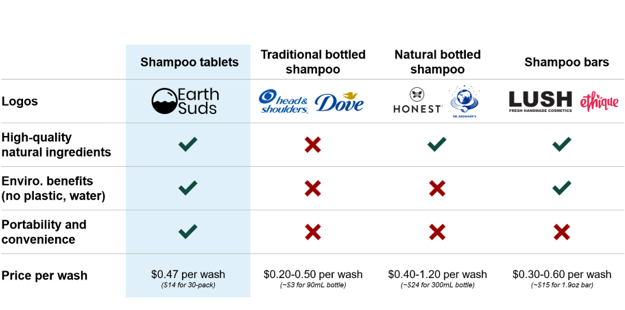How To Make Takeout More Sustainable During COVID

How To Make Takeout More Sustainable During COVID
COVID has changed the landscape of individual sustainability practices significantly. Before COVID, whenever I was craving my favourite meal (Chana Masala), I would bring my freshly washed reusable container to my favourite lunch spot at work. Since this isn’t possible anymore, I tried to stop getting takeout altogether. But it isn’t that simple. For starters, I loved supporting the small business restaurants around me, and I wanted to continue to, but was concerned about all of the waste. Also, we’re talking about my all-time favourite meal that I just can’t figure out how to make quite as good when I cook it. It wasn’t long before I was missing it.
Then I took my own advice. Sustainability is a journey, not some state of being. Journeys will always throw new curveballs at you, and you have to learn how to roll with the punches and adapt to the situation in front of you. Supporting small businesses is often more sustainable, but plastic waste isn’t, so, there’s a trade off.
Does this mean that you stop ordering takeout altogether? That’s not realistic. But just because there is more waste associated with takeout doesn’t mean that you can throw all your sustainability to the wind. There are ways, even during a pandemic, that you can make takeout a little greener despite the packaging.
How to Make Take-out More Sustainable During COVID
What you order
-
Vegan/vegetarian: Try to opt for plant-based meals. I have come across many articles about the negative effects of our current meat and animal by-product consumption on the environment. If it isn’t possible to order a meal with no meat/animal by-products, try to opt for meals with less meat, or less harmful meats. For example, you can ask if the fish is MSC certified, or, look into which meats are the least damaging to the planet.
- In season: Try to pick dishes that have in season ingredients. In season foods are not only super tasty, but good for the environment as well since it usually reduces your food’s environmental impact, for example, shorter shipping distance. These foods change based on the season and where you live, but I usually find out what’s in season by asking the farmers at my local farmer’s market or some online digging. Some restaurants use food from local farms which is also amazing!
- Something that you can’t make at home: I do this so it still remains a special ‘treat’ and does not become a routine. Whenever it becomes a routine, I find myself drowning in waste and excess packaging.
How Much
- Order in bulk: This helps by using larger packages and less energy to cook, and involves less travel emissions through fewer tips and more. I like to order enough for my dinner for one night, but also have it for lunch the next day and possibly dinner again! Just make sure you are going to eat it all to avoid food waste.
Where you order
- Sustainably focused restaurants: Maybe somewhere that is focused on vegan/vegetarian meals, sustainable packaging, locally sourced ingredients, etc.
- Distance: Try ordering from a restaurant that you can walk or bike to so there are no transportation emissions associated with delivery. If you have to drive, try to order from somewhere closer to reduce emissions, and/or order for both you and some neighbours and have one person pick it up – just remember to maintain physical distancing when dropping it off at their door. Think of it as a carpool for takeout, so only one person has to drive to pick up multiple orders. This will reduce emissions and help you to build relationships with your neighbours during these tough times!
Ask about packaging
-
Ask what type of packaging they use: I love this Greek restaurant by my house for more reasons than the food. They use foil containers with paper lids. While the extra production of the foil and paper lids are not as ideal as having them fill a reusable container of your own, the tin can still be recycled (once ALL of the food, oil and grease has been washed off) and the paper composted. Plus, no microplastics!
Both my local pizza and fish and chips place serve the food in cardboard - make sure you cut off all areas of the box that have grease and compost those, and recycle any part that is free of food and grease.
If possible, when restaurants use plastic options, try to order meals from there that involve less plastic. Better yet, try to convince your local restaurant to switch from containers such as Styrofoam (learn about the negative effects of various plastics here) to more eco friendly options.
Finally, before you throw the packaging out, try to reuse it. For example, I like to wash and save the foil containers to serve as water dishes under my plants.
- Ask to consolidate packaging: Ask the restaurant to use as little packaging as possible by combining different elements of the order into the smallest number of containers they can.
- Ask for no disposables: Ask for no napkins, disposable condiments or cutlery and use your own (you may even be able to get condiments at your local bulk store for even less packaging than the ones at the grocery store).
- Ask for no bag: Bring a reusable bag of your own to put the containers in. This eliminates the need for your order to come in a plastic bag.






